Witches, dressed in black, flying through the night skies on broomsticks, casting spells and conjuring mayhem for mere mortals down below. It’s a big part of Halloween—as well as supernatural—lore, for sure. But how exactly did this legend come to be?
In a word: bread. In Europe, during the Middle Ages and the Renaissance, the doughy stuff was usually made with rye grain, which, under the right—or, rather, wrong—conditions can become a host for ergot, a fungus that grows on rye in damp weather. When consumed in high doses, ergot can be downright fatal. In smaller doses, it acts as a potent hallucinogen. (Witness LSD, which is a derivative of ergot.)
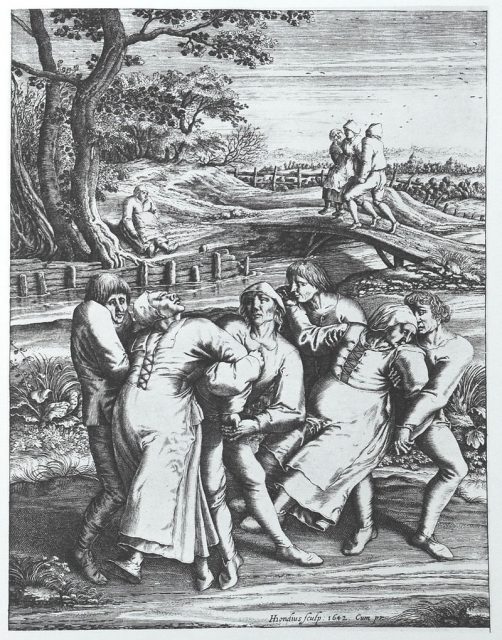
Records from 14th to 17th century Europe mention an affliction with “dancing mania,” with groups of people dancing through streets, often babbling gibberish, and foaming at the mouth until they collapsed from sheer exhaustion. Those who experienced this “mania” firsthand would later describe the wild (and, apparently, wonderful) visions that accompanied it. It was only a matter of time before resourceful types figured out how to use ergot (along with other plants such as nightshade) for hallucinatory, see-the-pretty-colors purposes.
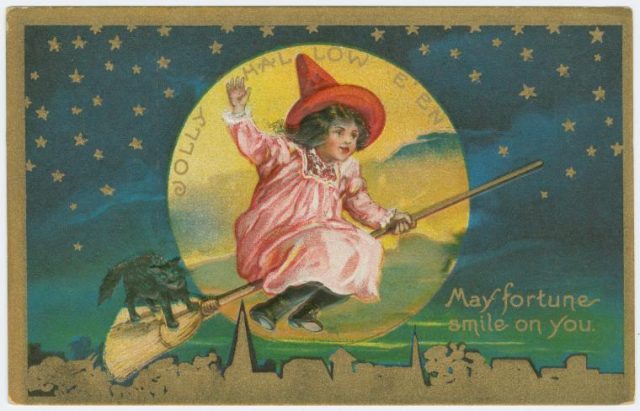
But here’s the rub: When consumed orally, these hallucinogens can display nasty side effects – nausea, vomiting, and unsightly rashes, among them. Even so, our intrepid party animals weren’t about to give up their good times that easily. After some trial and error, they set out to find a way to partake in the same purple haze, without the unpleasant side effects. The solution, they discovered, was letting ergot absorb into the skin. And the best parts of the body for absorption were the sweat glands in the armpits and the mucus membranes of the “nether regions”.
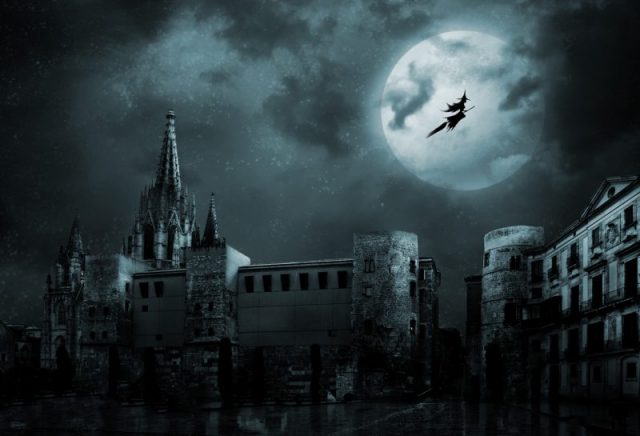
So these makeshift pharmacists developed ergot-infused balms—or “witches’ brews.” But here is where they got really crafty. To deliver those salves with maximum effectiveness (and, one would imagine, the least amount of mess), people turned to the most common of household items: the broom. In short, they used ointment-soaked broomsticks—or, more specifically, the handle of the brooms—to reach into the nether regions and get high, or “fly.” Another reason brooms may have been employed for intoxication: They were commonly used in pagan rituals, such as marriage ceremonies since they were believed to possess “energies,” both male (the phallic handle) and female (the bristles).
Here, however, is where things get really interesting. Ergotism, or ergot poisoning, has been traced to other outbreaks of bizarre behavior. In fact, Massachusetts in the late 17th century may have been the unknowing victim of an outbreak of rye ergot.
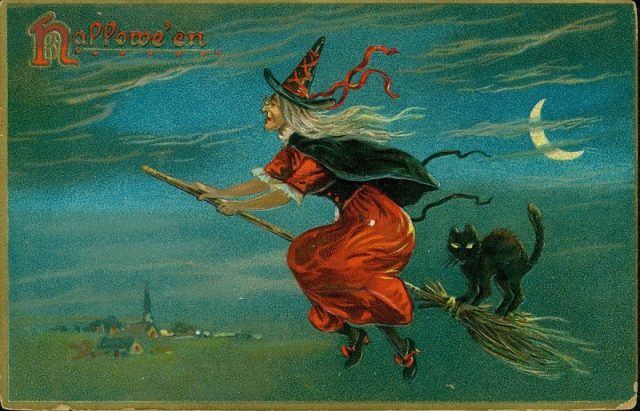
Some believe that those same convulsive symptoms may have led to charges of witchcraft and the subsequent hysteria leading to the Salem witch trials in 1692 and 1693. In all, 19 women and men were convicted as witches after they, or children in their presence, acted as though “Satan were loosed in Salem,” as colonists of the time put it.
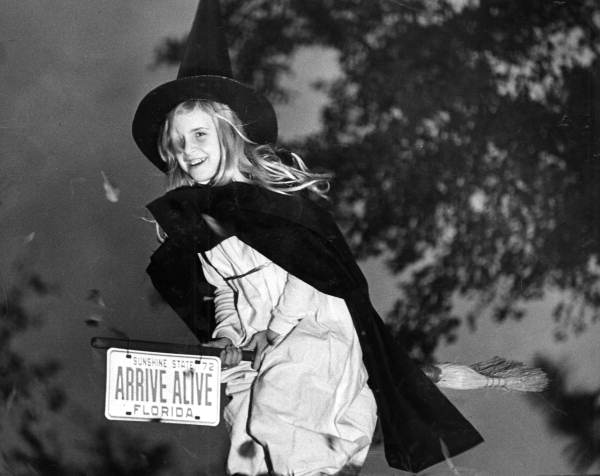
Indeed, in a 1976 issue of Science Magazine, Linnda Caporael suggested that violent muscle spasms, shaking, vomiting, delusions, hallucinations, and creepy-crawly sensations on the skin’s surface—all toxic effects of ergotism—were documented in records of the Salem witch trials, and may have been caused by fungus-tainted food.
What’s more, Caporael pointed out that ergot thrives in warm, damp springs and summers. After examining the diaries of Salem residents, she discovered that similar weather conditions were present in 1691, the year preceding the infamous trials. Furthermore, other research has found that during the years of witchcraft accusations, rye was in short supply, making people more inclined to turn to the tainted grain.
Barbara Stepko is a New Jersey-based freelance editor and writer who has contributed to AARP magazine and the Wall Street Journal.
